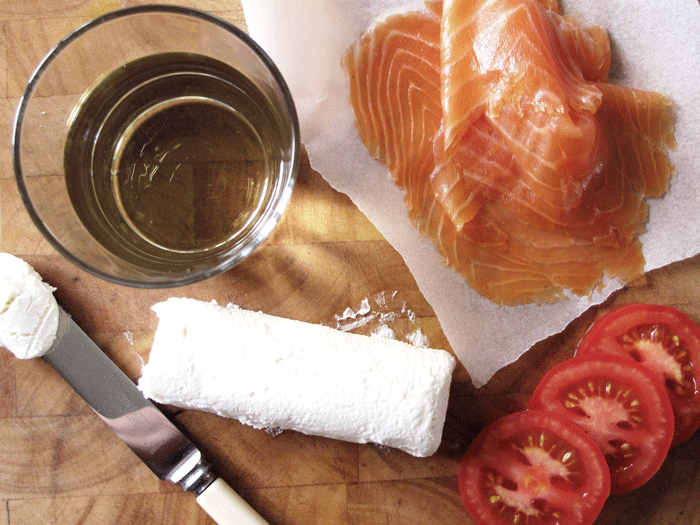The rules of food and wine matching (part one)
Author: Susie Carter
When I first started studying food and wine pairing I thought it was going to be easy. As a cook, I am always looking to see which flavours go well together, but with wine it wasn’t quite so straight-forward. As an extreme example, a Coonawarra Cabernet Sauvignon with flavours of blackcurrant and mint would be a disastrous match with a blackcurrant and mint fool. While flavour has its place, it’s far more important to match the wine’s weight and flavour intensity with that of the food, and to look at how the five primary tastes in the dish – sour, bitter, sweet, salty and umami – will affect the wine.
Some tastes are difficult to separate because we rarely eat foods that fall into just one category.
The most commonly confused pair is sour and bitter, though the two have very different effects. Sour foods, such as vinegar, make your mouth water; the bitterness found in chicory or over-stewed tea makes your mouth go dry. Take a wedge of lemon and squeeze some of the juice onto a spoon to taste sourness. Now nibble the white inner pith of the peel and notice the bitterness in your mouth.
In wine, bitterness comes in the form of tannin from skin extraction or oak, so it’s more frequently found in red wine, though bottle ageing will reduce the effect over time. Bitter flavours in food actually increase your awareness of tannin in wine, so if you’re planning on something bitter then your best bet is to go for a fresh, young white to drink with it.
Acidity in food makes the wine you choose taste sweeter, fruitier and fuller-bodied, but be aware that it also makes it taste less acidic. Aim to match the acidity in the wine with the acidity in the food to keep the wine tasting fresh and vibrant.
Matching the sweetness level of the food with the residual sugar level of the wine will also give you the most harmonious pairing. There’s nothing quite like a piece of wedding cake to ruin your celebratory glass of brut Champagne, though old traditions die hard. Just imagine how much more delicious a glass of aged Tawny Port or a syrupy Pedro Ximenez Sherry would be, where the sweet dried fruit is balanced by a full-bodied, luscious wine. A bit of residual sugar in a wine will also help to counter-balance the effects of chili in a dish, which can make a wine taste more tannic and less fruity.
Umami – that elusive fifth taste best described as savouriness – is difficult to pair with wine in isolation as it increases the effects of tannin and acidity. However, increase the salt levels in umami-rich foods and it counterbalances the influence, which is why the salty vintage cheddar on your cheeseboard works better with your glass of Claret than the squashy piece of brie.
Now put these theories to the test:
- Pour yourself a glass of Sauvignon Blanc and try it with a slice of tomato – the two work well together as they’re both light in body, yet have good levels of acidity and flavour intensity.
- Try the same wine with a sweet biscuit and it suddenly tastes far more acidic and less aromatic.
- Tasting the wine with a piece of smoked salmon will demonstrate the ability of acidity in wine to cut through rich or oily foods.
- Now try the same wine with some fresh, young goat’s cheese; a classic food and wine pairing. The wine cuts through the richness of the cheese, the cheese’s acidity balances the acidity of the wine, and the salt pushes the aromatic fruit to the fore. Perfect.




Very interesting. You learn something new every day!
Interesting and useful. Has given me, and taught me, just what I need for a ‘wine and food’ tasting with a few friends.